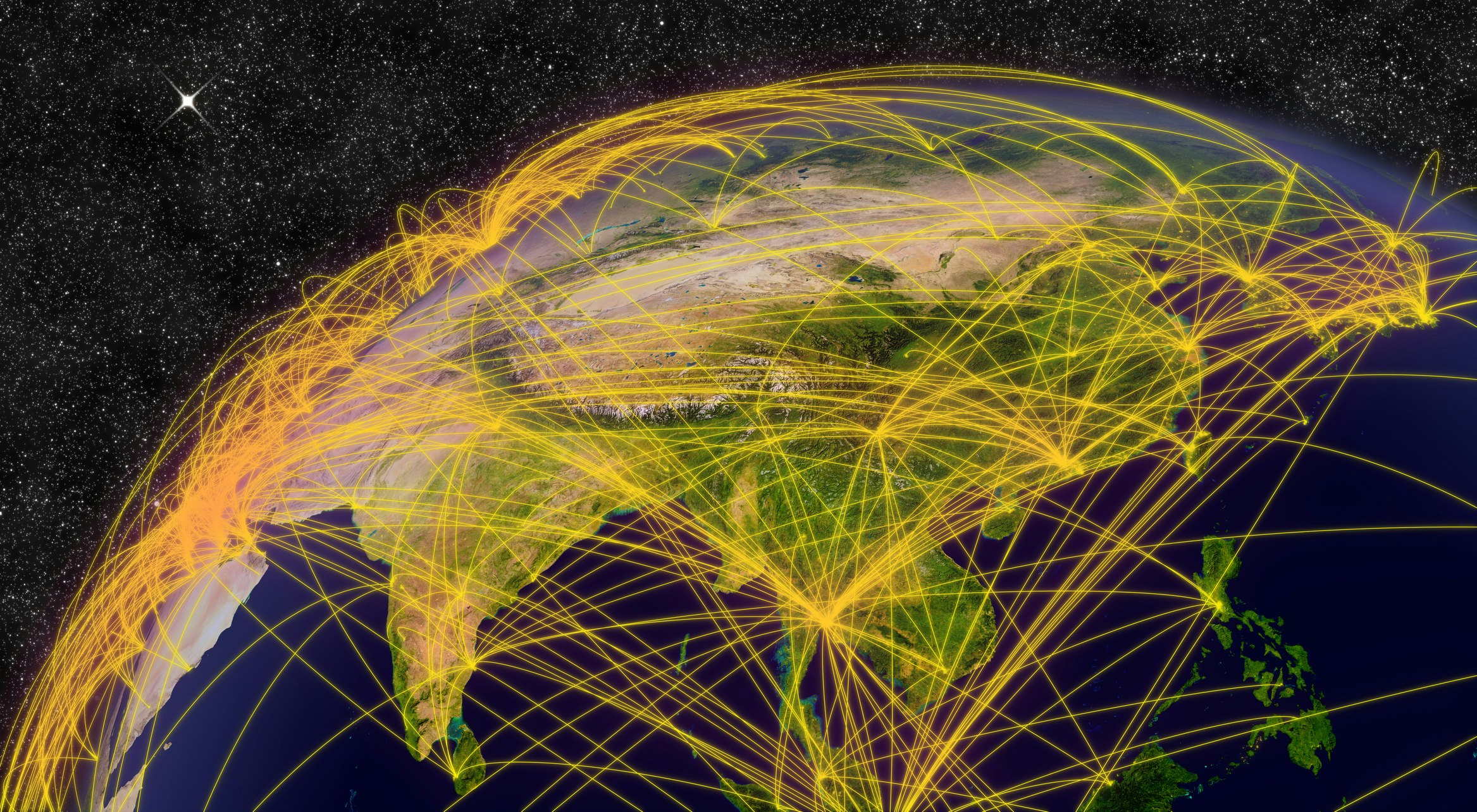China and Europe: winners in globalisation’s new world order

The US, which was for decades the world’s foremost proponent of globalization, has signaled a deep skepticism about major cross-border economic, political and military alliances ranging from NAFTA to the United Nations to NATO. This leadership void opens the door for China to step into the limelight as globalization’s last, best hope. China appears ready for the challenge: President Xi Jinping delivered an emphatic declaration of China’s commitment to cross-border engagement and of globalization’s contribution to global prosperity and security.
With China set to lead the globalization movement, Europe is poised to play a pivotal role by design and by default. Europe is already China’s second largest trading partner with daily bilateral trade exceeding €1 billion, and the rising protectionist tide in the US enables Europe’s relationship with China to expand at the expense of America’s antagonistic approach to China.
There are three areas where China will impact globalization through its deepening engagement with Europe:
- Technology: According to the Rhodium Group, since 2009 China’s FDI into Europe has increased substantially year over year, with €20 billion in 2015 FDI, up 44% from the year prior. China’s FDI in Europe has covered a range of sectors from health care to industrial technology to semiconductors. For instance, the technology revolution in the traditional enterprise, called “Industry 4.0,” is an estimated $360 billion market growing at 40% annually and features China and Europe ranked as the world’s two largest regional markets. To date, Europe has mostly welcomed Chinese investment while the US has taken the opposite approach including blocking the Chinese acquisition of a German semiconductor company and proposing restrictions on Chinese investment in the US technology industry.
- Renewable Energy: China spent $100 billion on clean energy in 2015, which represented more than double the US investment. In 2016, China grew its FDI in renewables by 60% to $32 billion, including 11 overseas investments worth more than $1 billion each. China’s $360 billion commitment to fund renewable energy projects through 2020, coupled with the European Investment Bank’s €20 billion annual commitment to the same goal, reflects continued Sino-European cooperation in this sector.
- New Silk Road: China’s ambitious “One Belt, One Road” program, which is purpose-built for cross-border commerce by connecting the Middle East, Europe and Asia via rail, added London as its latest stop in 2016. In many ways, this project is the physical embodiment of multilateral integration, aiming to create an “orderly and free flow of economic factors, highly efficient allocation of resources and deep integration of markets.” Just as with the original Silk Road, the end game of One Belt, One Road is to connect Western Europe to China. Both regions stand to benefit greatly from increased commercial activity along this economic corridor.
The Sino-European alliance is poised to play a key role in this new era of globalization, with both economies positioned to benefit greatly from increased economic cooperation. The reality is that cross-border investment opportunity that has historically existed between the US and China is softening, giving way to a China-Europe opportunity that will greatly shape the global economy for years to come.